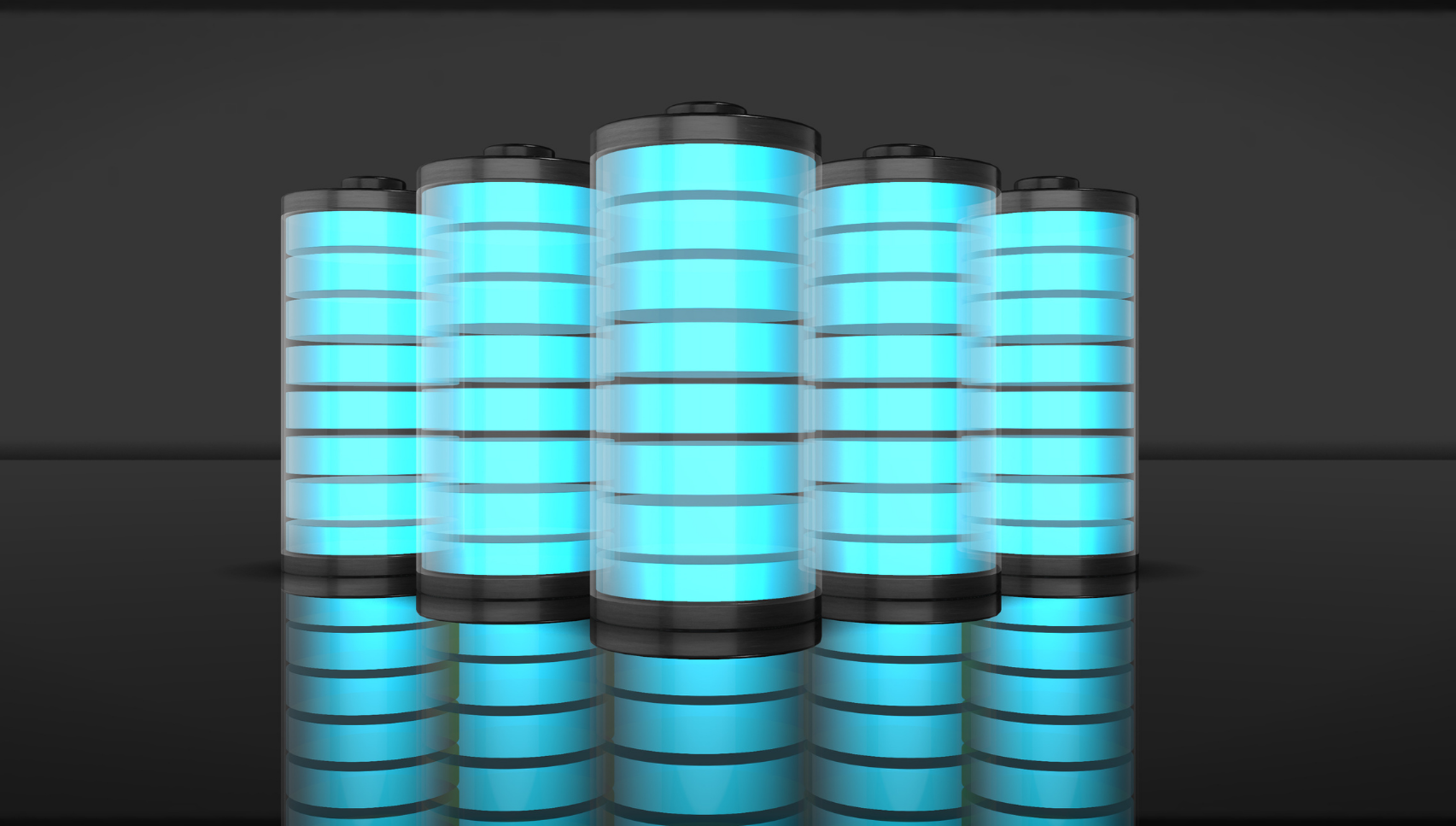With the release of the latest Electricity Statement of Opportunities (ESOO) some of the assumptions used in it have raised concerns of the viability of Snowy 2.0 and the impact it will have on security of supply for the market. Snowy 2.0 had been given the green light under AEMO assumptions even though the project would not have hit the hurdle rate AEMO uses for all other projects. The second concerning point is when you build one of the largest generation assets in the country it is crucial that it is linked to the market via appropriate transmission lines. Information from transmission line providers suggests the full capacity of the powerlines will not be in place when Snowy 2.0 comes online. Our third concern is the cost of the new transmission line projects are rapidly rising. These costs will go directly to the end user.
Transmission provider TransGrid outlines information on HumeLink, the transmission line earmarked to connect Snowy 2.0 to the NEM. TransGrid estimates HumeLink costs have increased from $1.3B in the draft assessment to $3.3B. The more worrying statement is TransGrid saying the final cost could be up 50% or more.
Apart from HumeLink, to be full unconstrained, Snowy 2.0 will need the Victoria to NSW interconnector West (VNI West) transmission to be built. HumeLink is labelled the largest transmission project in history, VNI will be a similar size and most likely a similar price however costing have not been released.
The cost of these two transmission lines will eventually be passed down to end users via increases in transmission tariffs. Modelling has indicated that the $3.3B for HumeLink will add 40% to NSW costs. While these costs are met by all end users, large users will be impacted the most as these fees are paid for on a proportional basis.
Latest costing suggests HumeLink, VNI West and Snowy 2.0 has the potential to cost $12 billion. This will make Snowy 2.0 the most expensive generation and transmission project in history.
The question is, with far cheaper renewable projects that do not require 2 huge transmission lines to make them effective for system security, are there better options the federal government and the consumers of NSW could be spending their money on.
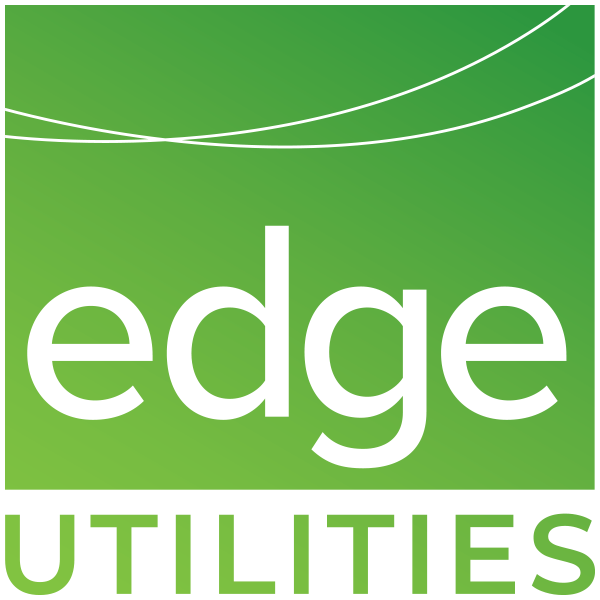
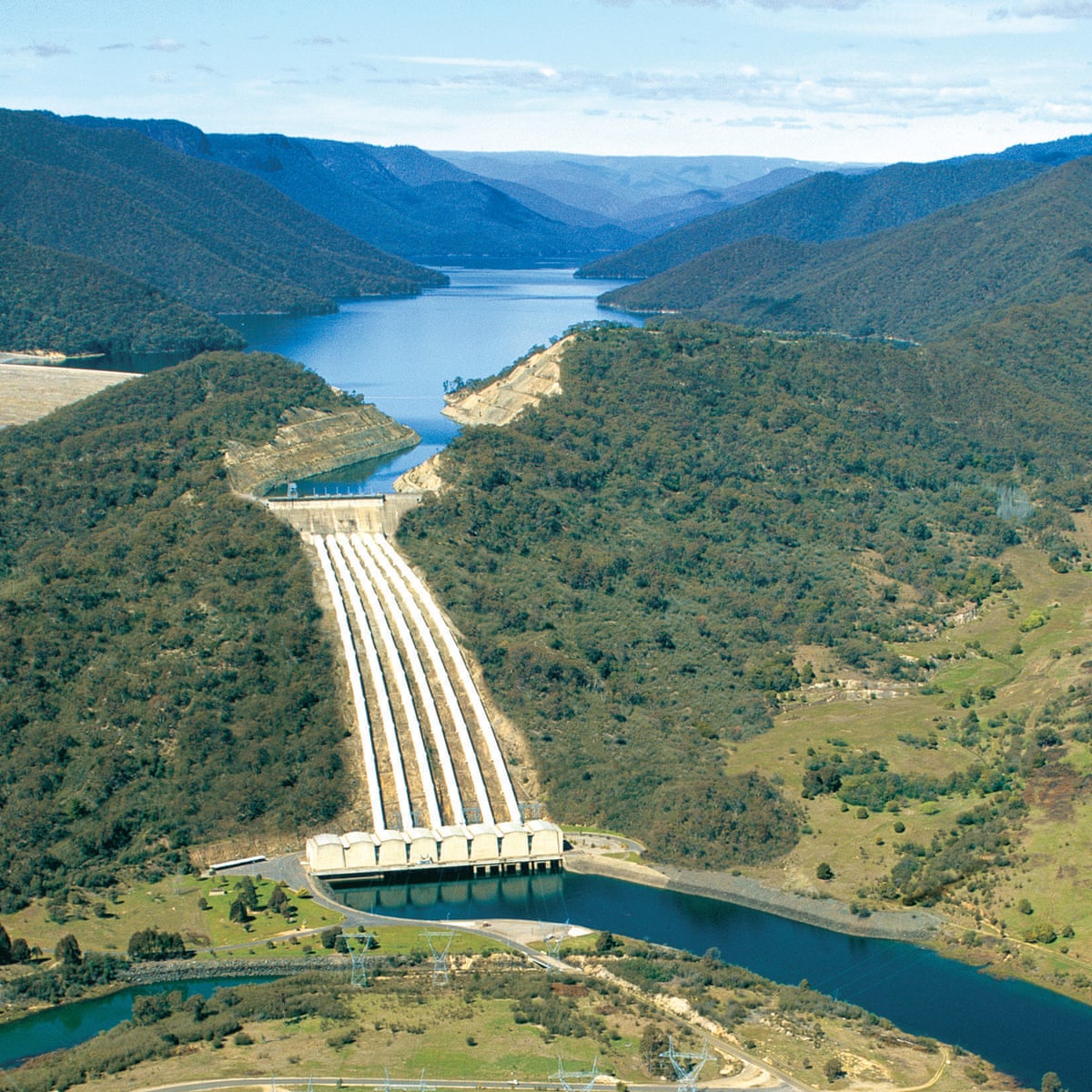
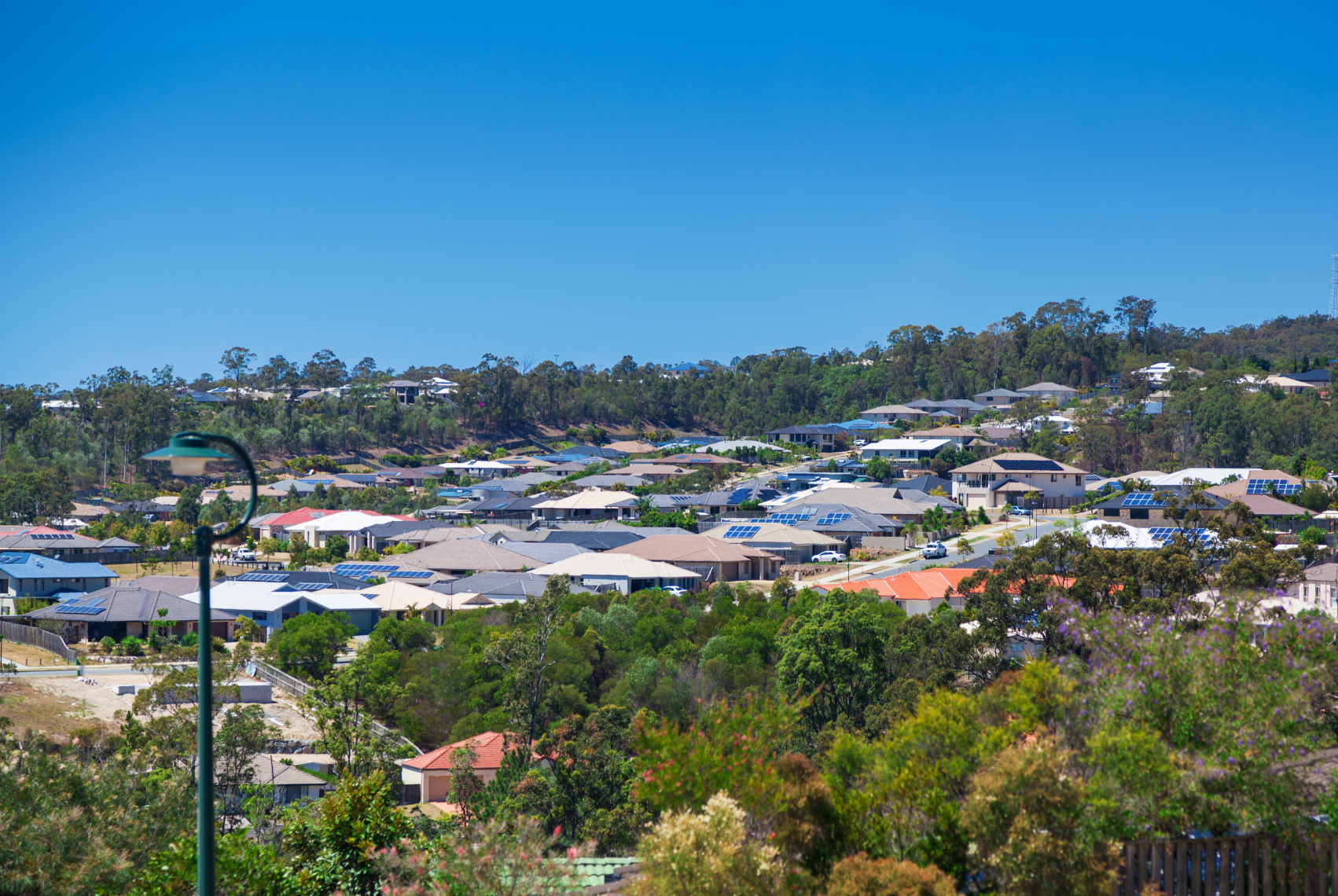
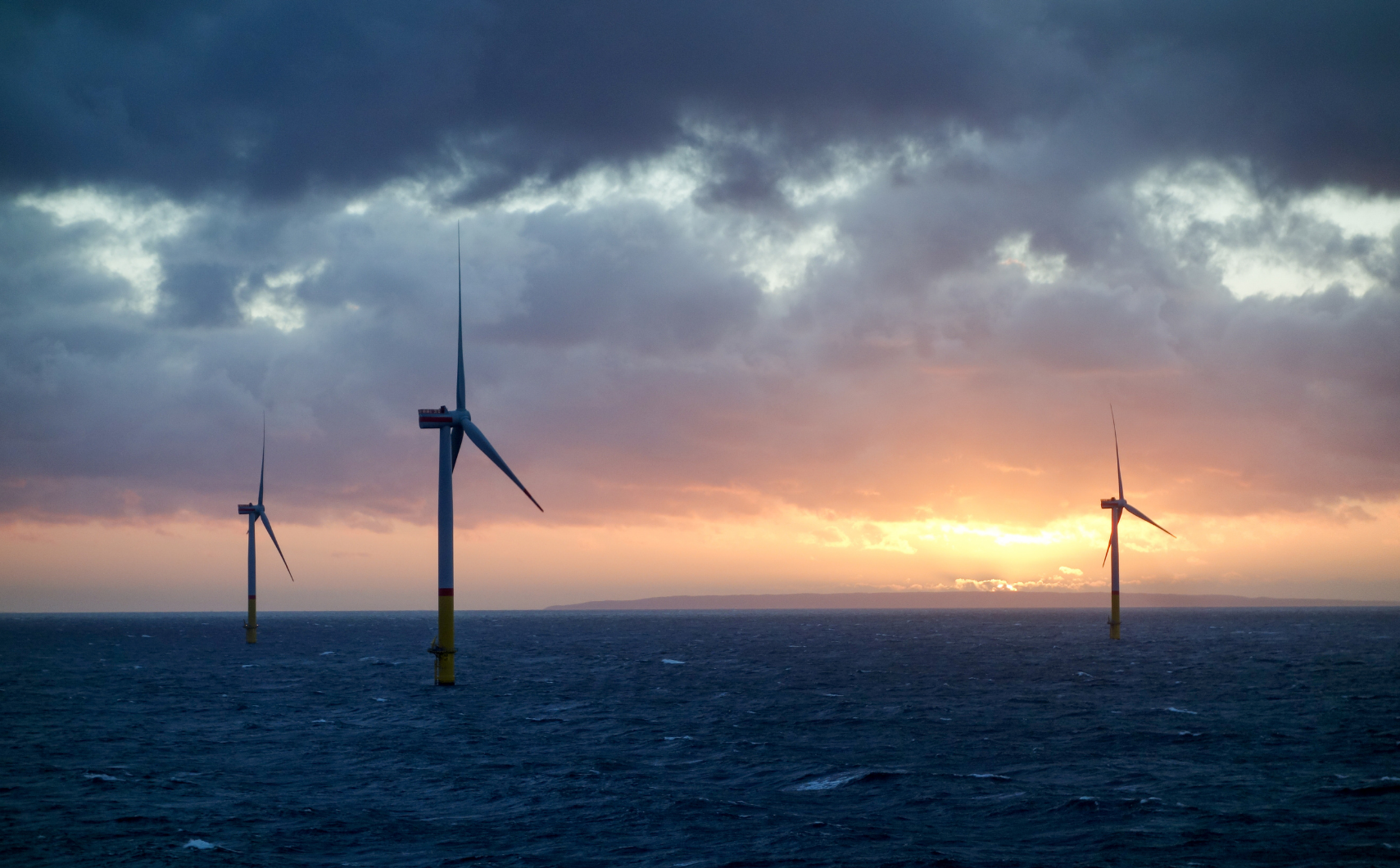
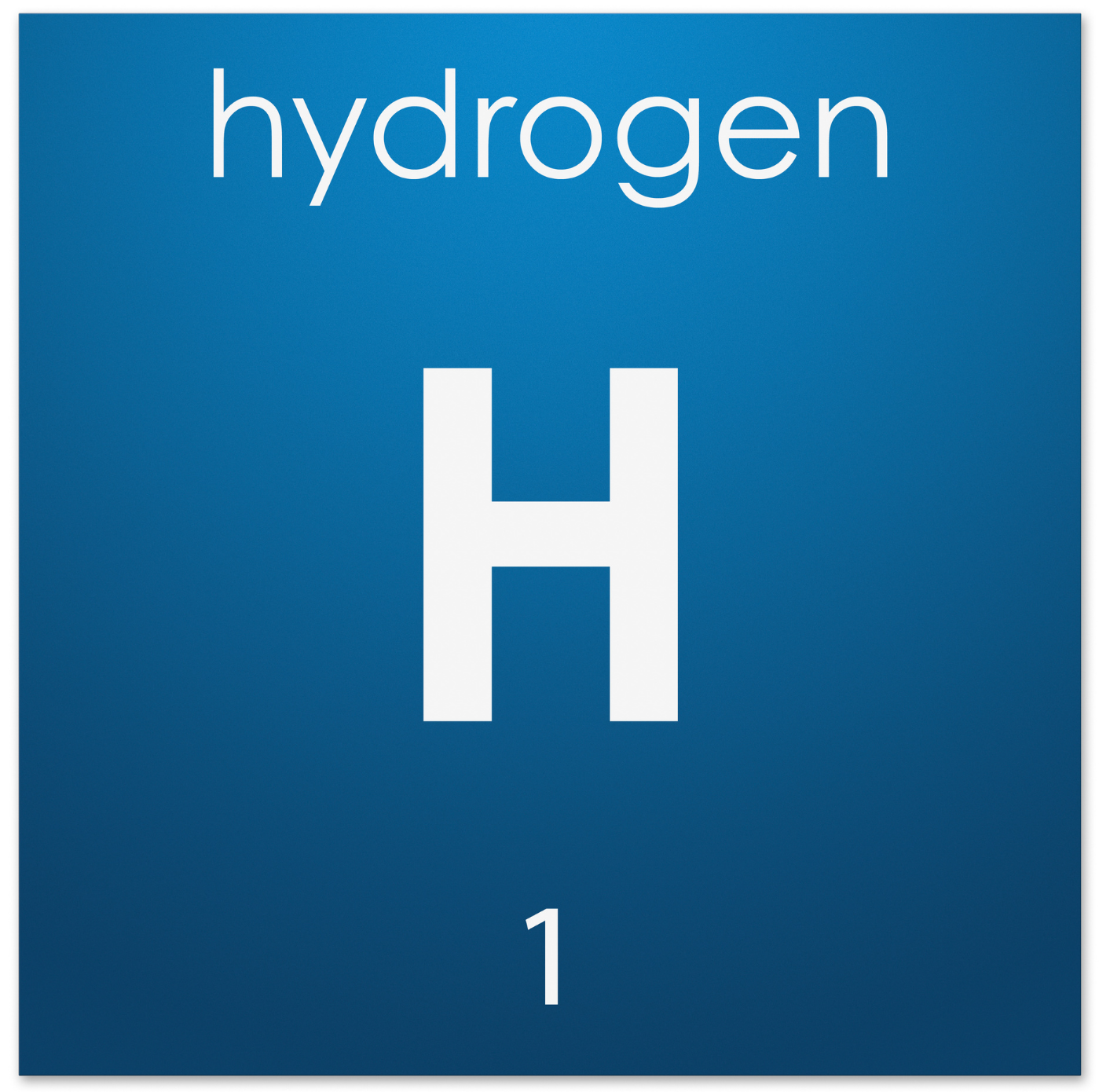
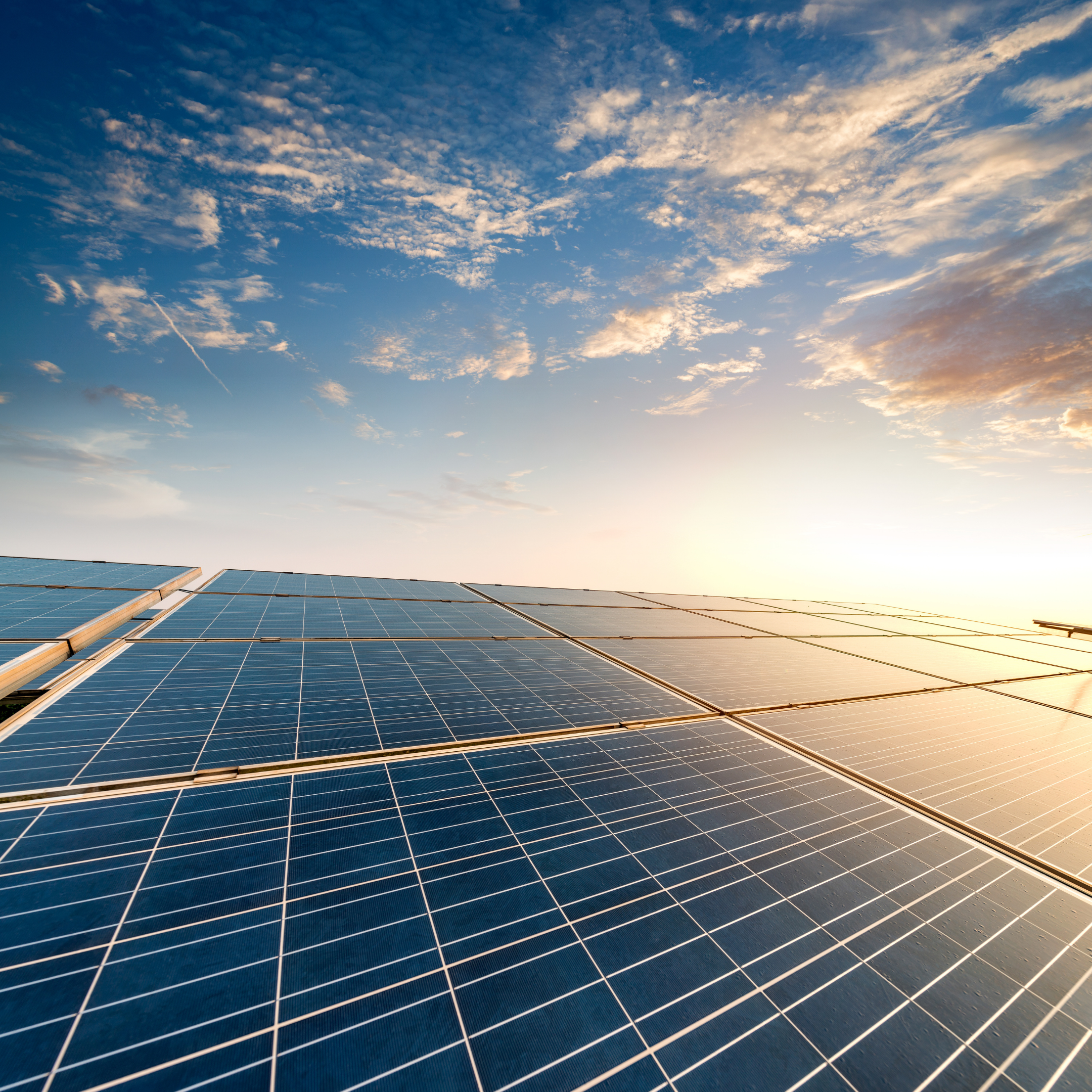

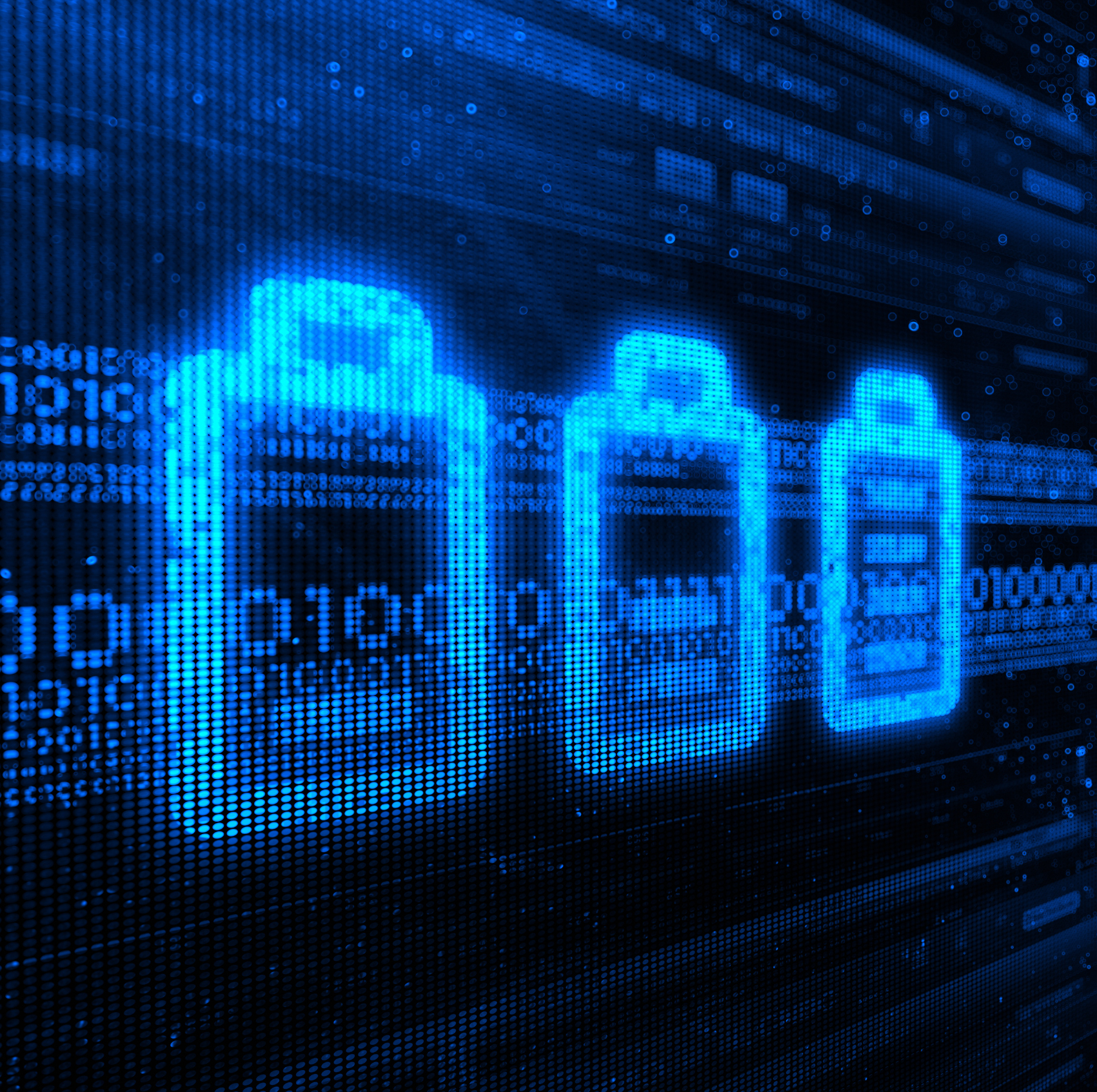 Origin CEO Frank Calabria said that it has several big battery storage projects in the pipeline, including at the site of the Eraring coal generator in NSW.
Origin CEO Frank Calabria said that it has several big battery storage projects in the pipeline, including at the site of the Eraring coal generator in NSW.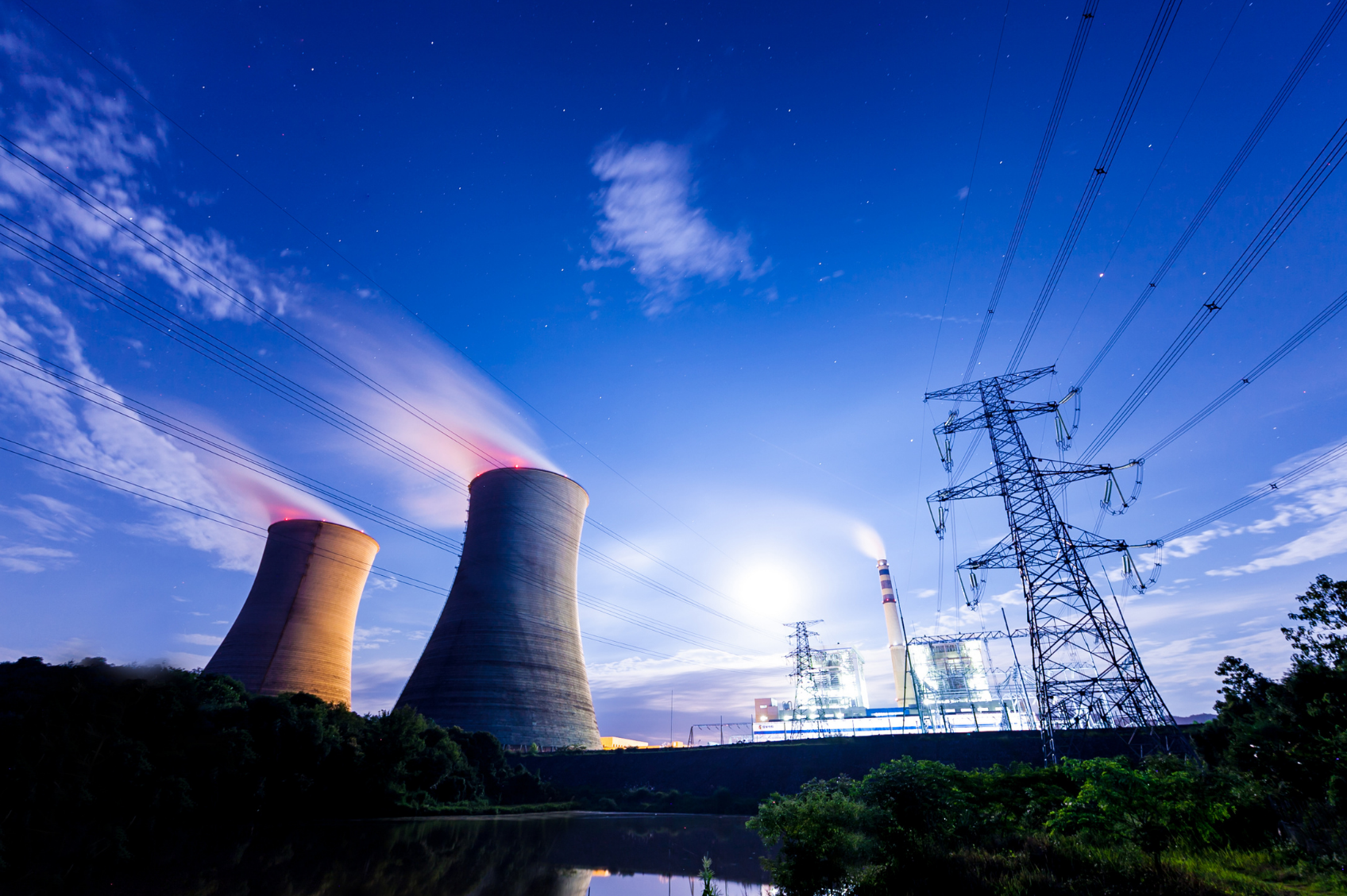 On Thursday last week, Australia’s largest energy company released its annual report. The 192-page document contains a lot of information but not a lot of good news for investors. One of the sections is titled “a year of continued evolution”, first there was the planned demerger, then the exit of its CEO following the demerger announcement, now to cap it off the news of on-going challenging market and operating conditions due to declining wholesale electricity prices.
On Thursday last week, Australia’s largest energy company released its annual report. The 192-page document contains a lot of information but not a lot of good news for investors. One of the sections is titled “a year of continued evolution”, first there was the planned demerger, then the exit of its CEO following the demerger announcement, now to cap it off the news of on-going challenging market and operating conditions due to declining wholesale electricity prices.